Results for "Smithsonian Institution. Environmental Sciences Program"

Women in Science Wednesday: Vicki Funk
- Date: July 22, 2015
- Creator: Effie Kapsalis
- Description: Senior Scientist Vicki Funk, Smithsonian National Museum of Natural History's Department of Botany, directs the Biological Diversity of the Guiana Shield Program and specializes in the evolution and biogeography of plants of the South American highlands. #Groundbreaker
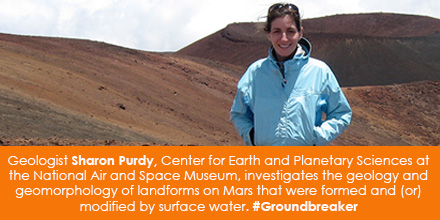
Women in Science Wednesday: Sharon Purdy
- Date: September 30, 2015
- Creator: Effie Kapsalis
- Description: Geologist Sharon Purdy, Center for Earch and Planetary Sciences at the National Air and Space Museum, investigates the geology and geomorphology of landforms on Mars that were formed and (or) modified by surface water. #Groundbreaker

In the Name of Science
- Date: February 3, 2015
- Creator: Effie Kapsalis
- Description: As some of you reading this know, we enjoy getting to know fascinating women in science throughout our collections and in the Smithsonian's history. We enjoy it so much that one of us decided we needed a set of LEGO women scientists. Over lunch, we assembled the the sets with some trepidation as it had been years since our previous LEGO adventures. We had fun playing and

Archiving Born-Digital Media from the Smithsonian Astrophysical Observatory
- Date: October 27, 2020
- Description: We’ve been processing audiovisual media collections from the Science Media Group division of the Smithsonian Astrophysical Observatory.
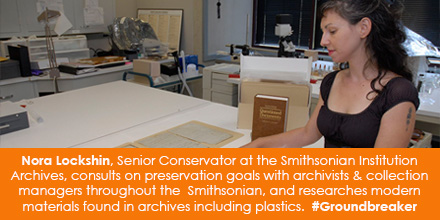
Women in Science Wednesday: Nora Lockshin
- Date: December 2, 2015
- Creator: Effie Kapsalis
- Description: Nora Lockshin, Senior Conservator at the Smithsonian Institution Archives, consults on preservation goals with archivists & collection managers throughout the Smithsonian and researches modern materials found in archives including plastics. #Groundbreaker
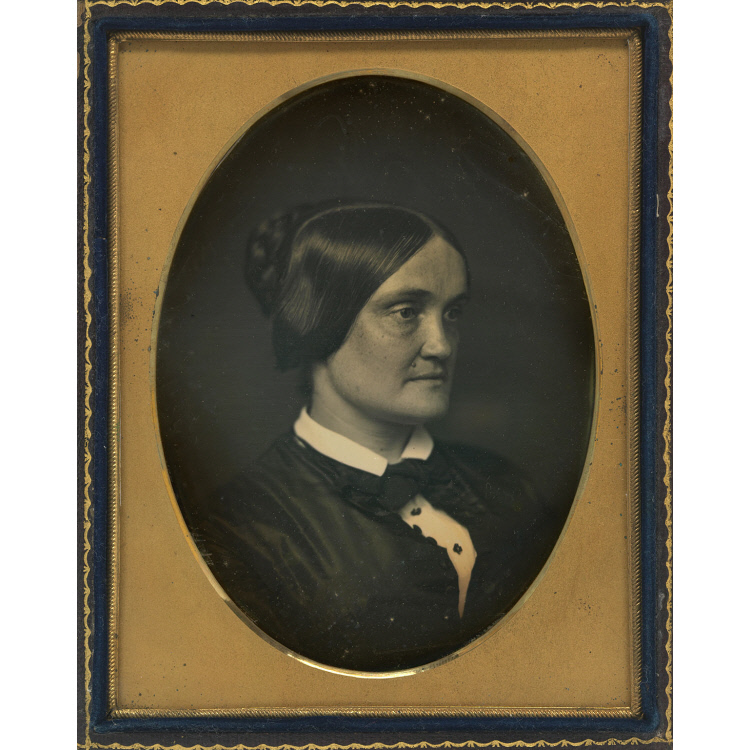
Hot Topix in Archival Research, Spring 2018
- Date: May 22, 2018
- Creator: Deborah Shapiro
- Description: This is the latest post in our "Hot Topix" series. In each quarterly edition we show you what the reference team has been up to, and bring you some of the more notable inuqires we have received.Vicarious research is one of the great joys of the reference desk at the Smithsonian Institution Archives. From our front-row (well, only-row) seat outside the reading room, we catch
- Blog Post
The Smithsonian’s First Radiometers
- Date: April 25, 2019
- Description: When curators at the Smithsonian National Museum of American History looked at seven radiometers in storage, they learned the instruments had been at the Smithsonian for nearly one hundred fifty years.
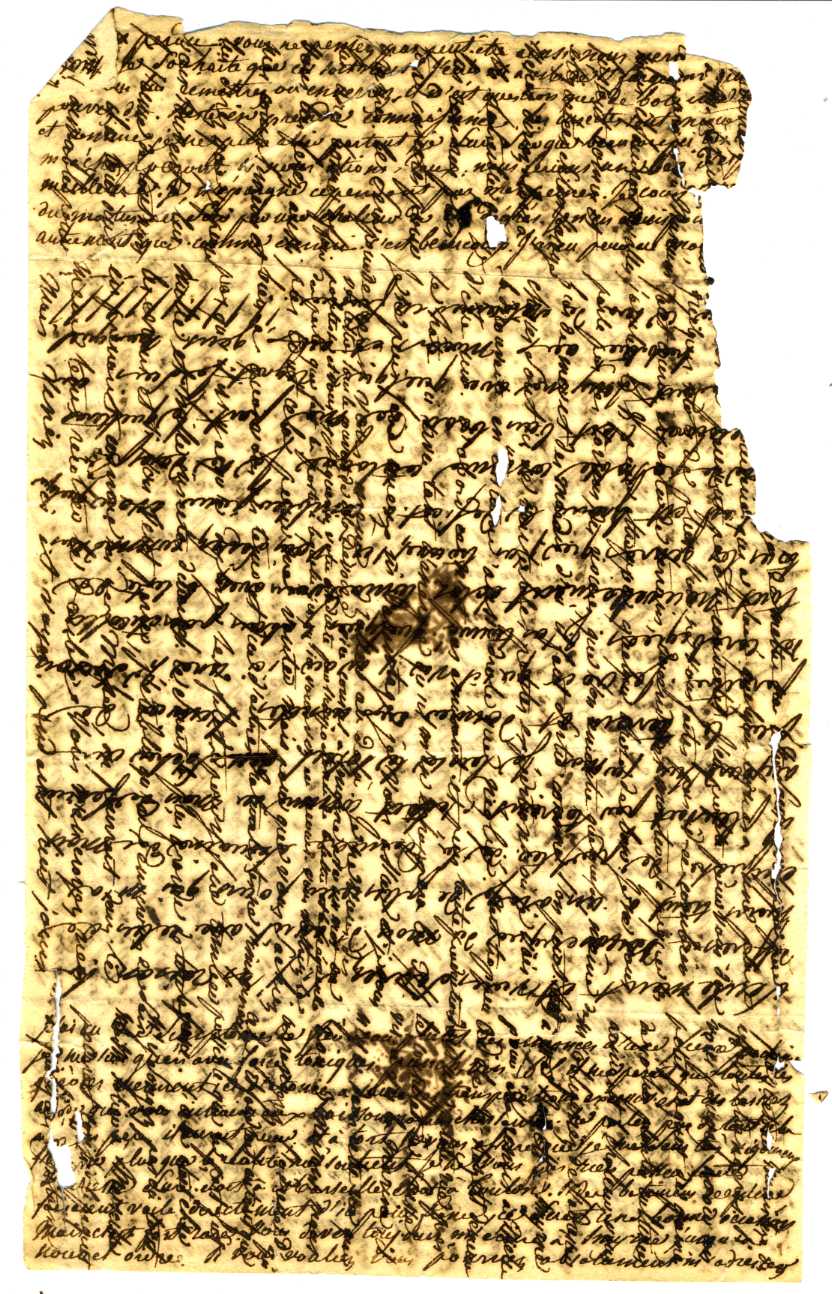
Writing At Cross Purposes
- Date: June 12, 2012
- Creator: Mary Markey
- Description: Another discovery in the Smithsonian Institution Archives— a letter that takes illegibility to new heights.
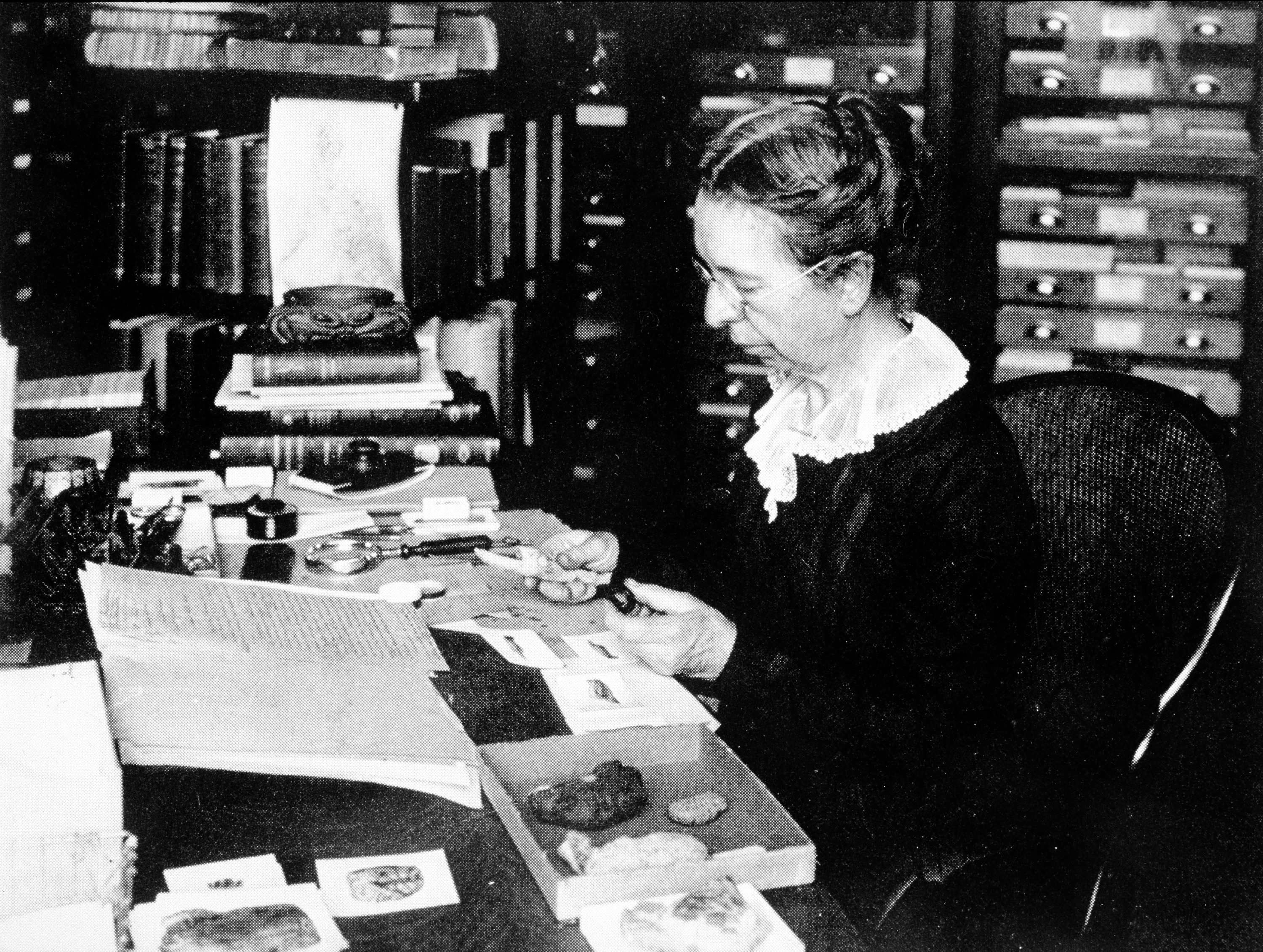
Smithsonian Women in Science in the Nineteenth Century
- Date: October 24, 2019
- Creator: Dr. Elizabeth Harmon
- Description: Learn more about some of the earliest women in science at the Smithsonian.
- Blog Post
Science Service, Up Close: Of Princes, Princesses, and Science
- Date: June 12, 2018
- Creator: Marcel Chotkowski LaFollette
- Description: As editor E. E. Slosson began setting up the Science Service news office, his mail was flooded with inquiries from potential contributors. Writers and photographers described their accomplishments and submitted samples of their work. One such letter, from Albert Harlingue on April 13, 1921, must have piqued Slosson’s interest, for it coincided with the Washington visit of “a

100 Women in Science in Smithsonian History
- Date: January 6, 2022
- Creator: Emily Niekrasz
- Description: Geologist Dr. Ursula Marvin studied Moon rocks from the Apollo missions and meteorites in Antarctica. Throughout her career with the Smithsonian Astrophysical Observatory, Marvin championed women in science. She delivered lectures about her own experiences as a woman in geology and participated in programing to help advance women's careers. She was likely inspired to support
- Blog Post
See Here: 9/22/2010
- Date: September 22, 2010
- Creator: The Bigger Picture
- Description: [caption id="" align="aligncenter" width="293" caption="Aerial view of the Rhode River and the site of the Chesapeake Bay Center for Environmental Studies (CBCES), now known as the Smithsonian Environmental Research Center (SERC), in Edgewater, Maryland, Date unknown, by Unidentified photographer, Photographic print, Smithsonian Institution Archives, Record Unit 549 Box 2
